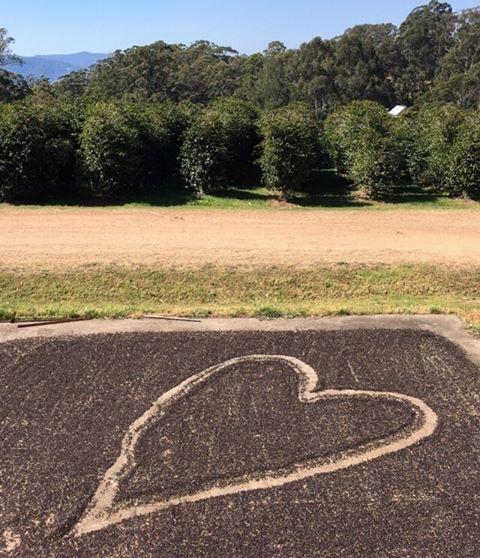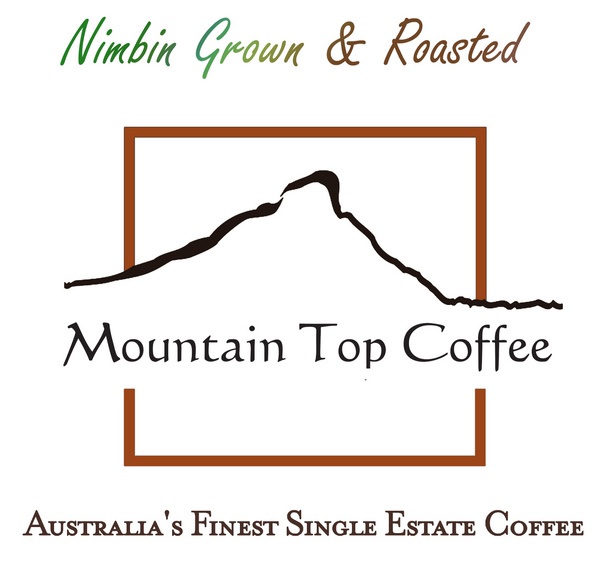
Learn About Our Specialty Roasted Coffee
Share
For our first blog I would like to outline our coffees to help customers in deciding what is most suitable for them. Fortunately we keep it simple. Variations in how coffee is processed, roasted, ground and brewed creates many variations on the final result of a cup of coffee. To minimise the variations we keep it to two lines: Bin 478 and Bundja. The main exception is our Microlot which is usually similar to the Bin 478 as it too is a washed coffee. The Microlots we do are usually available usually during the early months of the year when coffee in Australia is at its best timewise for roasting.
The Bundja is usually a 100% natural coffee. The differences between the two - natural and washed - is quite substantial, although all our coffees are generally very sweet, smooth and with low caffeine. The low caffeine is a result of the low latitude at which the coffee is grown as it creates a longer ripening season and also gives cooler conditions. The cooler conditions and longer ripening promotes simpler compounds, such as fructose, over more complex ones, like caffeine.
Now, washed coffee is bean that is separated with water and pressure from the fruit on the day it is picked. It is then dried and later processed for roasting. This is the method most favoured for premium coffee. Naturals can be just as good, if not better, but what we call naturals in this part of the world has a slight variation on elsewhere. Naturals are simply coffee bean (or seed) that has been allowed to dry without removing the red fruit around it. What this does is force much of the sweetness from the fruit into the seed. Naturally, this creates a sweeter, fruitier coffee. It also gives more body – or a thicker, fuller mouthfeel. On the other hand washed coffees have a cleaner, lighter feel and have flavours that are less obstructed by fruitiness and sugars. Our Bin 478 for instance can give subtle notes and aromas of citrus and flowers. Here in Australia the drying of the fruit around the seed is allowed whilst still on the tree, rather than after its picked. Whilst drying on the tree -sometimes over weeks - it also ferments slowly, which is an added quality with our Bundja that adds to its mouth feel, and gives a dreamy, moody and mature nature.
These two main lines of washed and natural can be blended, ideally at a ratio of about 1/3 natural (Bundja) to 2/3 washed (Bin 478). That blend will be offered soon on the website as ‘Bin 35’. We have cafe clients with set blends that they prefer and that we cater to. We have a philosophy however of simple, pure tastes and prefer not to blend our colours too much - if flavours are colours - lest they become muddy.
Our coffees are suited to espresso, but wonderful results can result with plunger, filter, stovetop and other methods. The Bundja for instance is my go-to for plunger.
One last note is the peaberry. Peaberry refers to bean (about 5-10 percent of the crop) that is rounded. Usually two seeds form together within the fruit, but the peaberry is a loner and has no partner to flatten against. Its only difference is that it roasts differently and for that reason is roasted separately. A peaberry roast is basically a more intense and brighter variation of either a natural or washed coffee.
In my next blog I will discuss the importance of grinding and some of the different brewing methods.
- Bernie

4 comments
Thanks for your comments Heather, Lacey and Alex
Thanks very much for writing this, it’s very informative and has helped me decide which coffee I’d like to order initially. Since I like to start with lighter flavours and then gradually work towards a more enjoyable full body flavour, I might start with the delicious peaberry if it’s available, then go for the washed Bin 478.
Great ‘keeping it simple’ blog especially for a coffee novice much appreciated.
Keen now for your next blog ‘grinding and brewing’.
Cheers
Miss H
I really enjoyed this knowledge on the Mountain Top coffee processing , we love the 478, thanks Bernie